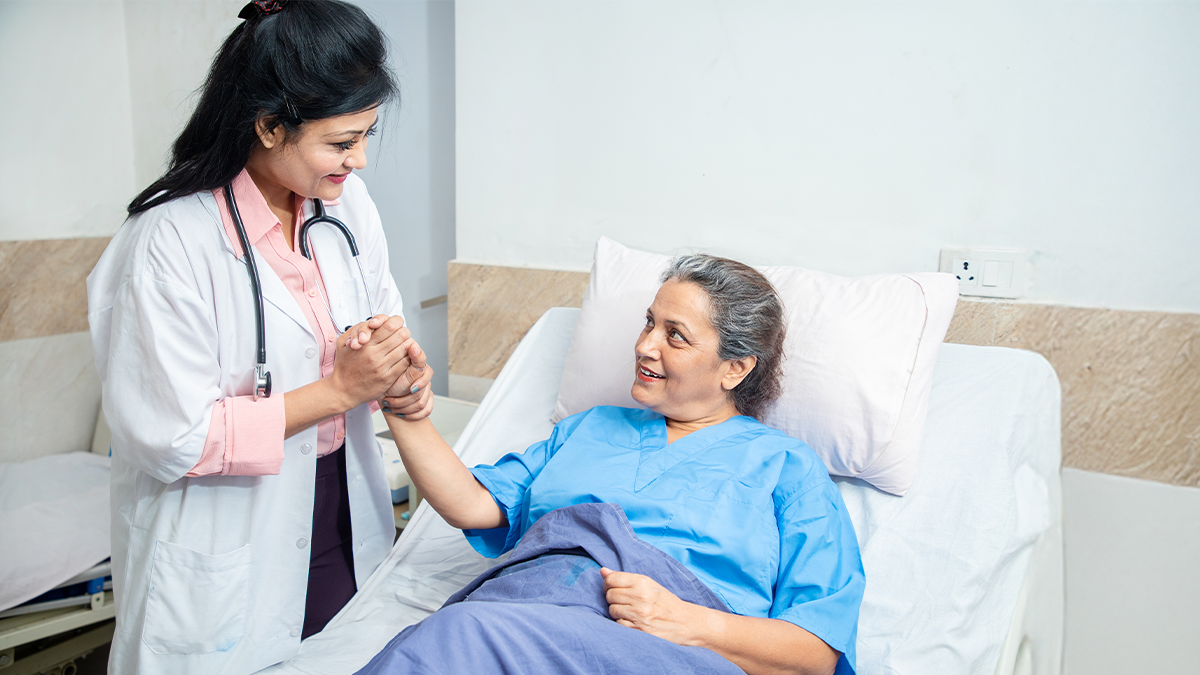[ad_1]
The May well 24 mass capturing in a Uvalde, Texas elementary college, in which a gunman killed 19 younger small children and two lecturers, was the 3rd-deadliest university taking pictures in U.S. heritage. But it was also just the most recent of an increasingly common sort of U.S. tragedy—one that specialists say is saddling American schoolchildren, even the youngest, with rising stages of stress and other psychological-wellness issues.
Even when youngsters are not directly concerned in university shootings, they are deeply afflicted by them and typically working experience anxiety and melancholy as a end result, suggests Kira Riehm, a postdoctoral fellow at the Columbia University Mailman College of Community Well being. “These situations are really high profile, and they’re portrayed vastly in the media,” says Riehm. They also take place with alarming frequency. In 2022 so much, there have presently been 27 school shootings in which an individual was hurt or killed, in accordance to Schooling Week’s school taking pictures tracker.
In a examine posted in 2021 in JAMA, Riehm and other researchers surveyed far more than 2,000 11th and 12th graders in Los Angeles about their anxiety of shootings and violence at their personal or other educational institutions. Researchers followed up with individuals similar learners and located that young ones who were to begin with more involved were additional most likely to satisfy the standards for generalized anxiousness disorder and worry dysfunction 6 months later—suggesting that young ones internalize these fears, which can then manifest as diagnosable mental-health issues, Riehm claims. While the researchers did not locate an all round affiliation between issue about school violence and the improvement of depression, they did when they seemed exclusively at Black kids.
“The root concern is this worry and worry that this could also take place at your school or another school,” Riehm claims. “They are substantial figures, and however, that is kind of in line with what I would have envisioned right before even hunting at the info.”
Youngsters of all ages are at hazard for creating these kinds of signs and symptoms immediately after shootings, but exploration exhibits that youthful young children are even additional likely than older ones to build symptoms like anxiousness and PTSD as a outcome, claims Dr. Aradhana Bela Sood, a professor of psychiatry and pediatrics at Virginia Commonwealth College. “Elementary faculty young children are in all probability likely to have a a lot rougher time than most likely more mature adolescents,” states Sood. Youthful youngsters have not developed “those defenses, all those capacities to sort issues out in the brain,” Sood claims. “They just haven’t experienced lifetime experiences. And they have no plan how to make perception of this.”
Study A lot more: Close-Knit Uvalde Local community Grieves Following Elementary College Capturing
In a 2021 evaluation printed in Present Psychiatry Reviews, Sood and her colleagues analyzed investigation about the consequences of mass shootings on the psychological overall health of children and adolescents. They found that younger kids (ages 2 to 9) who are immediately or indirectly uncovered to violence have amplified rates of PTSD, but, older kids (ages 10-19) “need numerous exposures to violence—direct or indirect—for it to guide to PTSD, suggesting that younger young children are a lot more sensitive to violence and establish psychological indicators submit publicity to violence at a increased charge,” the research authors create. (In the assessment, immediate exposures had been described broadly as witnessing or surviving a violent occasion oblique exposures incorporated seeing visuals of a taking pictures.) Superior social media use and continual information reporting on mass shootings expose children repeatedly to these disturbing tales, which “can have at minimum shorter-expression psychological results on youth residing outdoors of the afflicted communities such as elevated worry and lowered perceived protection,” the authors create.
Gun-relevant worry has been popular among the U.S. schoolkids for a extensive time. Soon immediately after the 1999 Columbine Superior University taking pictures in which 13 folks have been killed, researchers surveyed high college learners throughout the U.S. Their results, posted in the American Journal of Preventive Drugs, observed that 30% a lot more learners mentioned they felt unsafe at faculty, when compared to national study details collected in advance of the taking pictures. This is proof of “vicarious traumatization,” Sood states, which can arise when a little one hears about a tragedy or sees pictures of it—even if they really do not encounter it firsthand. Sood claims that form of exposure is substantially much more probable to deliver long-term injury in kids who presently have shown signs or symptoms of anxiousness and depression—which describes a expanding amount of American children. “There are sure small children that I would be extremely vigilant about,” Sood says.
While youthful young children are deeply affected by traumatic activities, the superior information is that they are also resilient. “Obviously there’s an effects, but what you want to see above weeks is a gradual reduction in this response, and which is normative for youthful kids,” Sood suggests.
No matter if a child is right or indirectly impacted by a mass shooting, there are distinct steps mom and dad and guardians can take to enable their young kids system the tragedy. “It is critical for persons all over the child to be vigilant and knowledgeable of how they can be supportive and enable the evolution of the grief,” Sood states. Supplying the little one a predictable regime, letting them to discuss about the experience without the need of judgment, and restricting the information that the little one can take in about a tragic event all assistance, Sood claims. Mothers and fathers or guardians should also make guaranteed they are taking care of their personal mental wellbeing.
The omnipresent threat of gun violence is just one of the numerous contributors to the worsening psychological-health crisis amongst U.S. adolescents. Riehm claims that troubles like weather alter and COVID-19 are other large fears. In November 2021, the American Academy of Pediatrics, American Academy of Youngster and Adolescent Psychiatry, and Children’s Medical center Association jointly declared a national unexpected emergency for the psychological wellbeing of small children. “We are caring for younger people today with soaring charges of melancholy, nervousness, trauma, loneliness, and suicidality that will have long lasting impacts on them, their family members, and their communities,” the gurus wrote.
Extra Must-Read through Tales From TIME
[ad_2]
Supply backlink



:quality(80))



